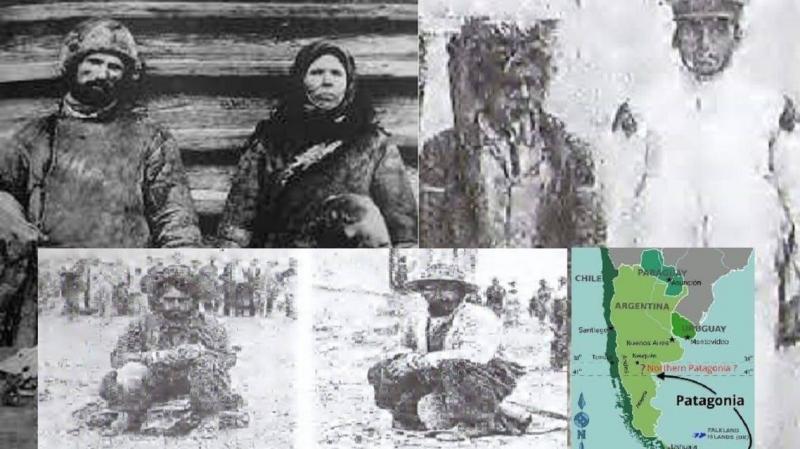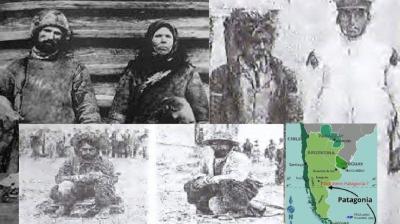Over a period from 1904 to 1909, more than 100 Lebanese and Syrian migrants mysteriously disappeared in a harrowing series of events targeting foreigners in an area encompassing central and southern Chile and Argentina known as Patagonia, where the Andes Mountains overlook the Pacific Ocean, at the southernmost end of Latin America, relatively close to the South Pole. In this region, a group of Indigenous people, the members of which were known as cannibals, committed atrocities recorded in official documents titled La matanza de los turcos, or "The Turkish Massacre." Most of the victims were expatriates from Syria and Lebanon, referred to at the time as "Turcos" because they had migrated with Turkish travel documents from the Ottoman era. In their new land, most turned into itinerant vendors and, over time, became traders and business owners.
According to a report on the victims prepared in 2009 by Elías Chucair, a Lebanese-Argentinian writer and historian who passed away in July 2020 at the age of 84, a wandering vendor would announce his arrival to a town or village in the area by blowing a whistle while riding a donkey and accompanied by a mule loaded with clothes and other goods for sale to the locals, or by a cart pulled by two horses. Chucair reported that the gang would capture a migrant, then dismember and consume him, "especially his heart and reproductive organs." This is also echoed in the archive of Rio Negro province in central Argentina, from which local media later drew information published about the gang over the years.
Chucair noted that the first complaint of a missing itinerant vendor, or Mascate in Latin, was lodged in April 1909 in a village in Rio Negro named El Cuy, with around 150 residents. The complaint was made by merchant Salomón El Dahuk, likely known in Lebanon as "Suleiman Al-Daouk." He reported that a vendor from Syria or Lebanon named José Elías had entered Patagonia months earlier and had since disappeared. José Elías had left his residence in another area of Argentina in August 1908, purchased goods from a company owned by Dahuk to sell in the villages of Patagonia, and was promised to pay for them before November. However, six months passed without any news, leading Dahuk, who maintained a record of 55 itinerant vendors, none of whom returned to settle their debts, to feel that the latest missing vendor had encountered similar dangers, especially since rumors about the killing of migrants had been circulating in the area since 1905.
The massacre claimed 130 victims over five years. The governor of the province appointed José Torino, described as strict, to investigate the matter. He formed a team of 10 investigators, as learned by "Al-Arabiya.net," from information on the Argentinian news site Infobae. The team discovered that 130 vendors, most of whom had immigrated from Syria and Lebanon to Chile and Argentina a few years earlier, had been victims of a massacre committed by a gang led by a young local named Juan Aburto.
Aburto confessed to his captors that he and gang members had killed three Syrians just three days before his arrest, keeping their bodies in a native’s hut. Before that, they had killed many others. Following this, the police began pursuing gang members, arresting 80 of them within the first four months. Investigations revealed that they believed their true leader was a woman who practiced sorcery, known only by the title Macagua, who had taught them to eat their victims. They learned from the police that she was actually "Juan Aburto," who disguised himself in women's clothing and mimicked their voices to instruct gang members on how to extract hearts and reproductive organs from bodies, as well as create charms to aid their criminal endeavors, believing they could gain virility from cooking and consuming human flesh.
Chief Torino uncovered that the gang began eating their victims out of fear that "Macagua" would curse or harm them. They specifically chose itinerant vendors because they were foreigners with goods and money to steal. In the case of Joseph Elías, what remained of his body was burned after being consumed, and his bones, along with those of others, were ground to enable the sorceress "Macagua" to create talismans to fuel their criminal inclinations.




